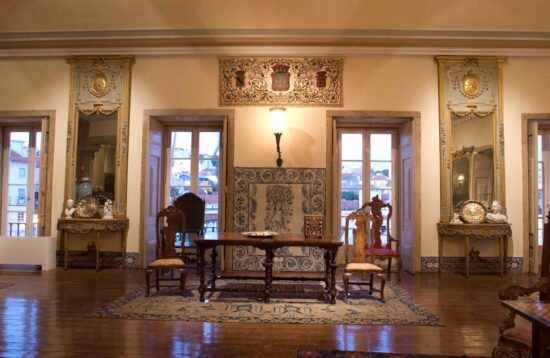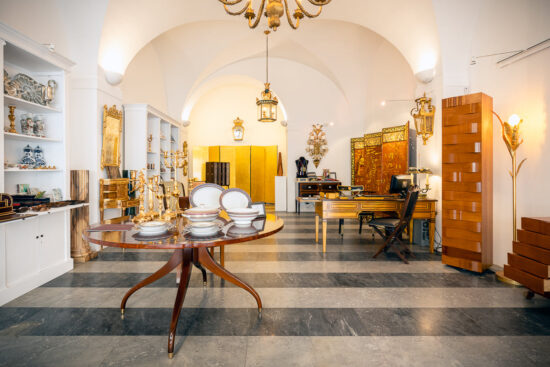Museum of Decorative Arts
The story of the Museum of Decorative Arts starter in the 1950s, when the successful banker (Banco Espírito Santo) and insatiable art collector Ricardo do Espírito Santo Silva donated the Azurara Palace to the Portuguese State. Ricardo do Espírito Santo Silva was a member of a 17th-century noble family who along with this home donated a part of his private collection. Thus the Foundation bearing his name was born which in its turn created a Museum-School to protect and promote the Portuguese Decorative Arts and the trades related to them.
Besides the Museum of Decorative Arts, the Foundation today hosts 18 workshops on traditional Portuguese arts and crafts, keeping alive a highly important body of intangible heritage and knowledge, and ensuring specialized conservation and restoration of Portuguese heritage.
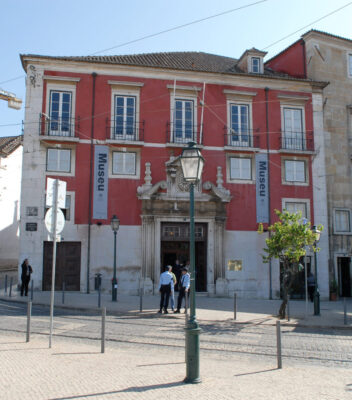
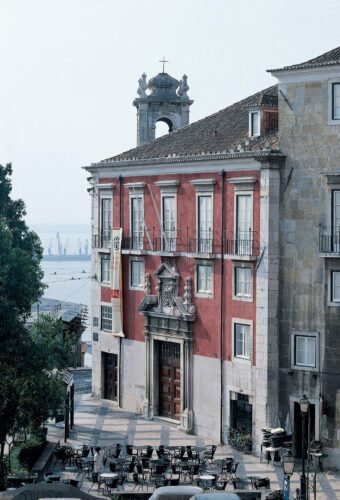
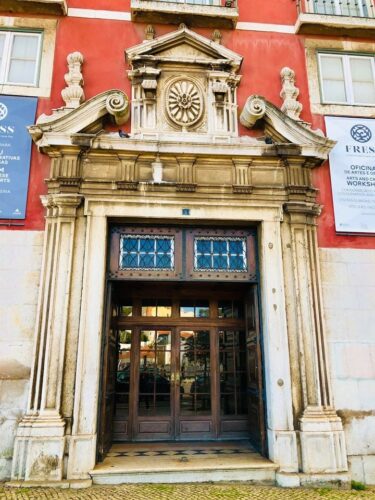
The Foundation also runs a school dedicated to the teaching of arts and crafts, the Institute of Arts and Crafts, in which its mission to preserve knowledge and heritage takes top priority. After several decades, the Foundation continues to be a prestigious reference in the dissemination and preservation of Portuguese decorative arts heritage and knowledge.
The Museum of Decorative Arts showcases a collection of decorative exhibits among them finely crafted furniture, exquisite tapestries and embroideries, exceptional porcelain figures, and elaborate baroque and rococo decor. Overall it succeeds in giving out a strong impression of Portugal’s particular taste and heritage aesthetics.
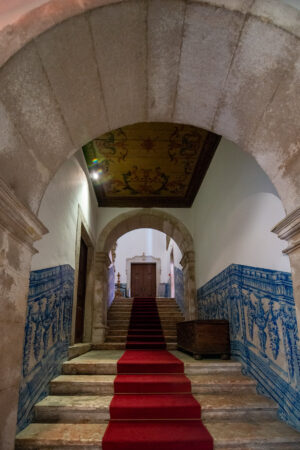

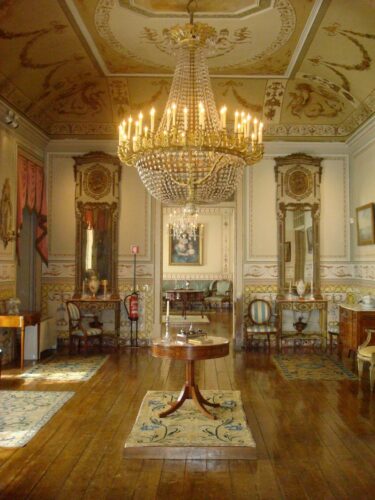
Mostly acquired at national and international auctions, the collection on display is of great artistic unity and coherence. It is the achievement of the will and tenacity of a man whose mission was to ‘recover’ pieces of Portuguese heritage, leading him to become one of the great collectors of the 20th century.
To visit the Museum is to embark on a journey through the Decorative Arts from the 15th to the 18th century and across various thematic sections: Furniture, Textiles, Silverwork, Chinese Porcelain, Portuguese Faïence and Tiles, Painting, Drawing, Sculpture, Binding, etc.
